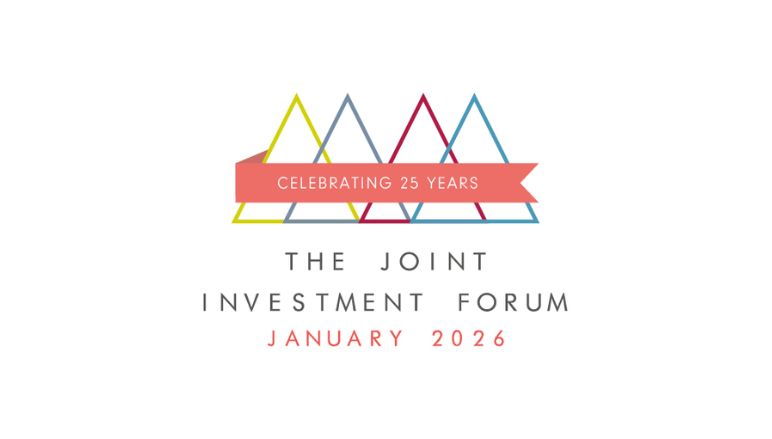Fixed income funds have seen record inflows over the summer, with investors worried about recession, but the optimism may have gone too far.
- Morningstar and Invesco data shows fixed income strategies had their strongest month I years in July
- The catalyst appears to have been fears over recession, with money market funds also showing strong inflows
- Markets may have gone too far in predicting future rate cuts
Inflows into fixed income funds surged in July. Morningstar data showed fixed income strategies raking in €42.6bn of net inflows in July in their strongest month since June 2019. Invesco data showed EMEA fixed income ETFs pulling in $10.7 billion in net new assets over the same period, the strongest month on record. Why the surge in interest?
At face value, the renewed interest is counterintuitive. The ECB cut interest rates in June, the Bank of England at the start of August and the Federal Reserve looks likely to cut rates in September. This is depressing yields and means new investors in fixed income aren’t getting paid as much for investing in fixed income, particularly at the higher quality end.
The Invesco data shows ‘cash management’ to be the strongest sector for net inflows in July for the second consecutive month, even though cash rates are falling. The Morningstar data showed money market funds had €32.6 billion of net new subscriptions, after collecting €28.8 billion in June. US treasuries were also popular, along with European and US investment grade. This suggests investors have been spooked by recent jobs numbers, and may be protecting themselves against a more significant slowdown in growth.
Paul Syms, head of EMEA ETF fixed income and commodity product management at Invesco, said inflows may have been a result of stronger performance from fixed income, with yields falling (and prices rising) in response to weaker economic data. This brought forward expectations of rate cuts. He added: “In particular, data from the US indicated that the economy is slowing which, along with inflation data undershooting market expectations, culminated in a more dovish tone from the Federal Reserve at the end of the month.”
Investors may have got ahead of themselves. The market had already priced in rate cuts and the US jobs data may have been weak, but it is often volatile and certainly doesn’t point to a meaningful slowdown in the US economy. Subsequent retail sales data has painted a more benign outlook.
Immediately after the jobs data, interest rate futures markets suggested 120bps of cuts for the remainder of the year, though that has now reduced to 100bps. This differs from the consensus among economists, which is that the US economy is not heading for recession and only 50-75bps of cuts are likely .
Fixed income markets have merit as a safe haven should the US economy start to look particularly vulnerable, but their current run of popularity with investors appears overdone. Rate cuts seem unlikely to be as significant as the market expects and some caution is warranted.


















